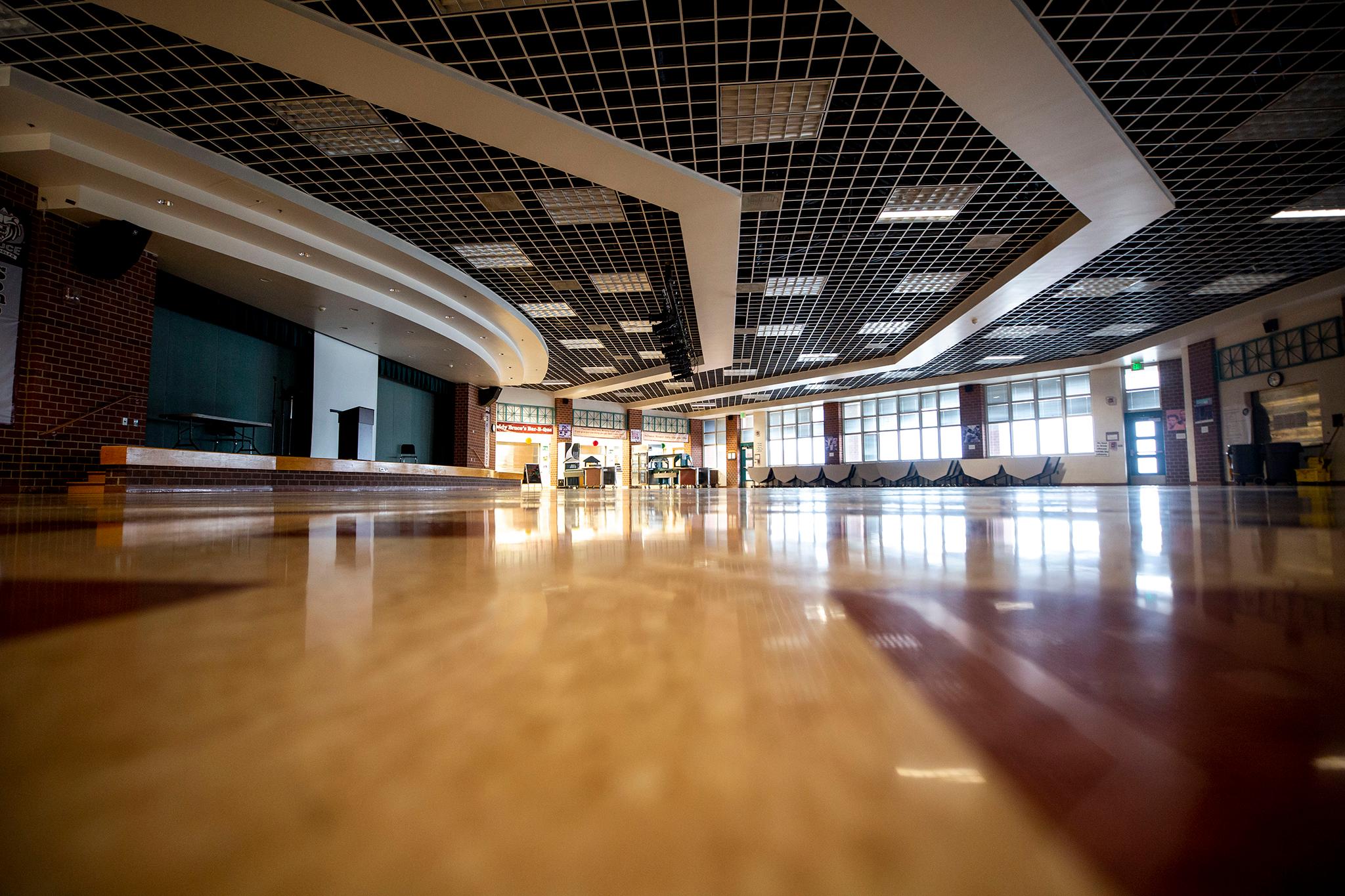Middle and high school students in Denver won't be returning to school as planned next week as COVID-19 cases in the city are at their highest point since May. Nov. 9 is the earliest older children would return to in-person learning, citing an increase in infection rates for children ages 11 to 17, according to a letter Denver Public Schools Superintendent Susana Cordova sent to staff Tuesday.
"We know this will be a disappointment for many of our secondary students as well as school leaders and staff," she wrote. "This was not an easy decision to make. Yet given our overriding focus on health and safety and the current COVID conditions and guidance we are receiving, we feel this is the right decision."
Cordova said that Mayor Hancock's office informed the district that there will be new public-health orders issued soon to combat the COVID-19 spread in the community and improve conditions for in-person schooling.
"When these types of measures were implemented in the summer, we saw a dramatic reduction in COVID cases," Cordova said.
"Our teams in DPS are working in cooperation with our public health officials to make sure we're making the best decision," said Denver Public Schools board member Tay Anderson. "We want to return to normalcy without being the super-spreader of our city."
Elementary students are still expected to return next week with the district continuing to monitor health conditions closely in consultation with Denver Health.
Anderson said health officials said transmission rates among young children are extremely low so the district plans that elementary schools will reopen as planned.
"It would hurt our earliest learning to pull them back from school," he said. "I don't want us to be in a position where young learners are behind in certain subjects."
Board president Carrie Olson said her stomach has "been in knots" since the weekend she learned there may be a change of plan. The decision was "excruciating," she said. "How can we keep our children safe, when we know what's best for them is to be in front of teachers?"
She knows the switch is also difficult for families, teachers, food service workers, school security, bus drivers and all the other support professionals.
On DPS's COVID Conditions dashboard there is currently one indicator in red, which measures the number of positive cases per 100,000; one indicator in yellow, which measures the average number of new cases in Denver County over 14 days; and one indicator is green, indicating the percent of positive PCR tests.
"It's a worrisome increase in transmission," Dr. Bill Burman, who directs Denver Public Health, told DPS school board members Monday night.
He said that while COVID-19 cases among school-aged children have risen recently, they tend to follow a rise in community cases. He also said that many people think work environments or schools are the highest risk place. "Yet what data has shown us, it's those places with structures (schools), with universal masking, are not the high-risk places, it's everywhere else we go."
DPS began the school year with remote learning and started bringing back kindergarten students last month on a staggered basis. All first grade students began to phase in the week of Oct. 5, with all elementary students who've elected in-person learning scheduled to return next week.
The announcement won't impact many of Denver's largest high schools. Abraham Lincoln, George Washington, John F. Kennedy, Northfield, North, Thomas Jefferson, and South high schools are carrying out remote learning through late December. A number of middle schools were planning on being fully remote through the end of the calendar year.
Many high schools said the district's strict cohort size of 30 made scheduling at the high school level -- where students take classes with different teachers -- an insurmountable challenge.
But for those that planned to open, health and safety orientations were to begin this week with hybrid learning, a mixture of remote and in-person, scheduled to start Oct. 21. All middle and high schools were to have a minimum of 10 hours of in-person learning for students, that could include academic/social-emotional support, academic advising, credit recovery, college advising or other options that address students' needs.
A week ago during a rise of COVID-19 cases in Denver, the district kept to its plan to open school after health officials attributed the spike to an increase in transmission among Denver college students. They encouraged the district to continue monitoring and allowing younger students to return slowly.
The delay is certain to be a disappointment to both parents hoping their children would soon get more social interaction and schools who have been feverishly preparing to open up their classrooms.
"I need kids to be back in school," one middle school principal said, referring to the fact that students have been out of the classroom for seven months. "The fact of the matter is we're losing them. My biggest fear is they're losing potentially a year and a half or more of instruction."
School board member Tay Anderson said although he supports the recommendation to delay based on the rise in COVID-19 cases, he reiterated that parents need consistent communication.
"We have to be able to stick to a timeline," he said, noting that the district was originally going to bring all students back Oct. 21 but began bringing "nearly half" the district back earlier when COVID-19 rates began declining. However, if the virus situation gets worse he said, the district has to be ready to adjust again based on science.
District officials will evaluate the situation again at the end of October.
Board president Olson echoed Denver Health's Burman by stressing that everyone in the community needs to wear masks in public, social distance, and handwash, because "we need to get our kids in schools."













